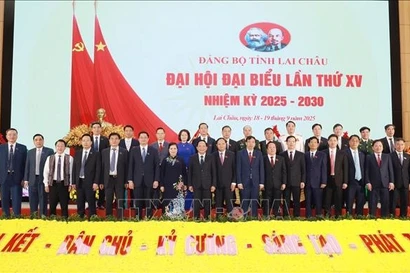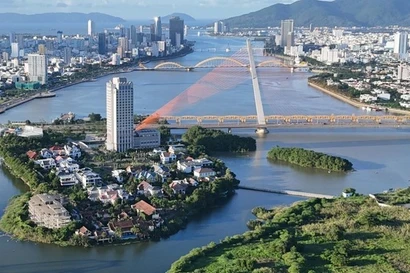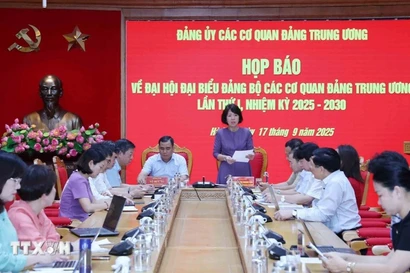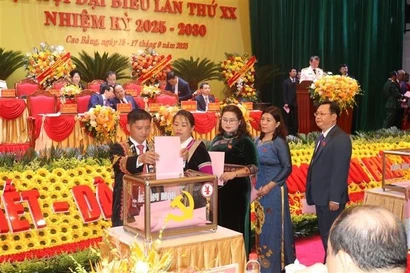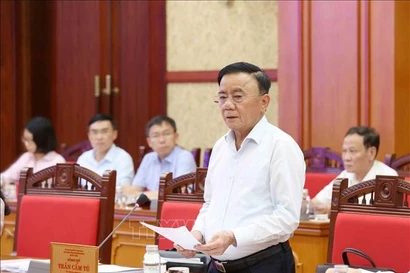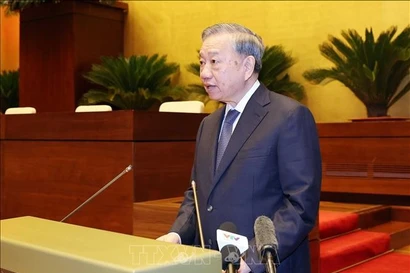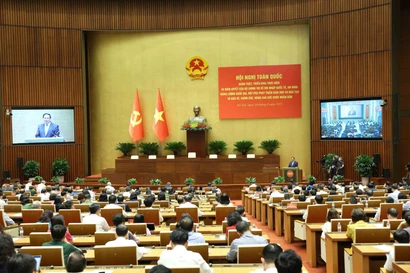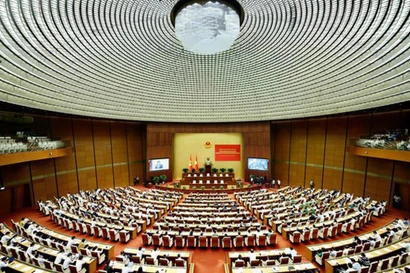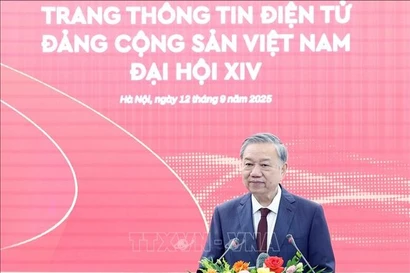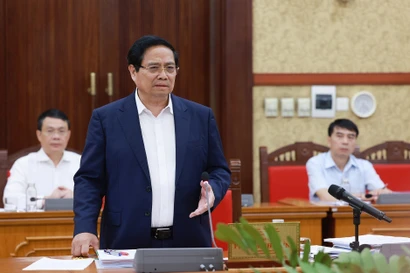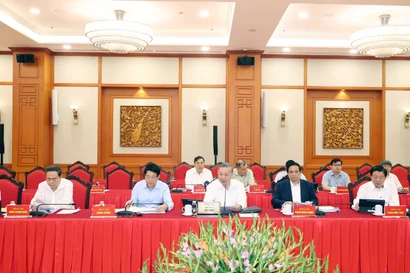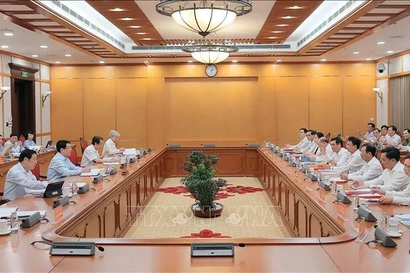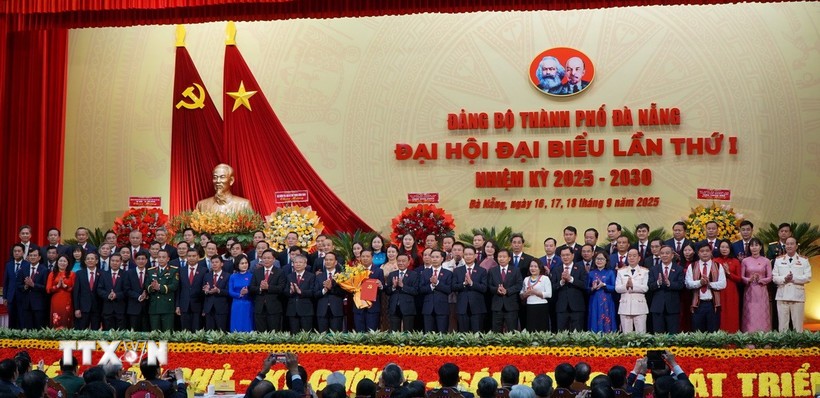
Da Nang (VNA) – The first Party Congress of Da Nang city for the 2025–2030 term outlined the central city's development orientations for 2025–2030 with a vision toward 2045, highlighting the necessity to promote private-sector growth and maximise investment resources, aiming to position it as a growth pole of Vietnam.
Addressing the closing ceremony of the congress on September 18, Secretary of the municipal Party Committee Luong Nguyen Minh Triet urged members of the municipal Party Committee and its Standing Board to set an example and pioneer in action, demonstrate decisive leadership, remain close to the grassroots, and apply the Party’s guidelines and the State’s policies and laws flexibly in practice.
He emphasised the need to focus on removing obstacles, overcoming challenges, and seizing opportunities, particularly those arising from the 4th Industrial Revolution, to drive Da Nang’s rapid, robust, and sustainable development.
The congress set the overarching goal of further strengthening Party building and rectification, fostering a clean and robust political system; developing digital governance, smart cities, and a modern administration; and promoting democracy, revolutionary traditions, cultural identity, and the great national unity.
Da Nang is set to become a pioneering locality in science and technology, innovative startups, and digital transformation; a centre for culture, sports, education, and high-quality health care; and an attractive destination for visitors.
The city will continue to safeguard national defence, political security, social order, and sovereignty over land and maritime borders; foster diplomacy and international cooperation. Looking toward 2045, it aims to become an ecological and smart city, a free trade and international financial hub, a centre for industry, logistics, and innovative startups, as well as a livable, world-class tourism destination in Asia.
The local GRDP is projected to grow at an average of 11% per year during 2026–2030, with per capita GRDP reaching 8,500 USD. State budget revenue is expected to rise by at least 10% annually; the private sector is projected to grow 11.5–12% per year; and the digital economy is anticipated to account for 35–40% of GRDP.
Attention will also be given to mobilising investment for infrastructure development to foster rapid and sustainable growth; advancing science, technology, innovation, and digital transformation tied to high-quality human resources development; increasing productivity, quality, and efficiency across sectors; and enhancing living standards, particularly for residents in mountainous areas.
To achieve the set goals, the congress outlined key tasks and solutions, including refining the two-tier local administration model with greater decentralisation and resource allocation, enhancing the active role of the people, leveraging the city’s strengths and potential, promoting economic restructuring, and accelerating digital transformation as a core driver of socio-economic development./.
